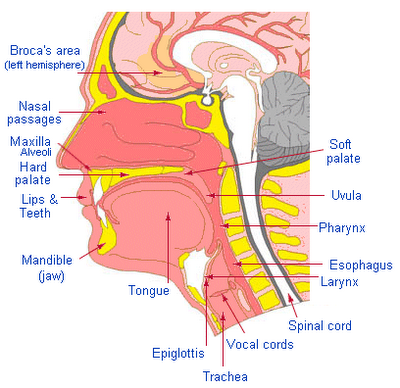Two young men are having their conversation in XXX Café. Both of them are talking about Miss Universe 2011 pageant. They are arguing about the winner of the pageant.
Shah : (Approaching the café) Hey Kel, it has been a while. How are you?
Kel : Wow! Look who is here? Glad you are still alive…
Kay : Any drinks, gentlemen? [To ask]
Kel : I would like a mango juice.
Shah : Hurm… there are too many choices. I do not know which one to choose.
Kel : Want me to choose for you?
Shah : Sure.
Kel : Just give him a sky juice. [To suggest]
Kay : One mango juice and one sky juice, table 2567!
Tiong : One mango juice and one sky juice, coming right up!
Shah : So have you watched Miss Universe 2011?
Kel : Oh yes! I think Miss Malaysia, Deborah Henry should get the title for Miss Universe 2011. Her body is perfect! You know what Shah? Through my 22 years existence in this world, the judges were major major super major major biased. [To give opinion]
Shah : Are you kidding me? Miss Angola, Leila Lopes deserved her title. Just look at the curves. (whistle~) The elegance, the bikini, the size, the…
Kel : Yeah! Yeah! Whatever. As long as my mother is more beautiful than your mother. It is all that matters.
Shah : Duh…are you insane? If your mother is more beautiful, then why my father married my mother and not yours? [To argue]
Kay : Stop it… Here you are, sir. For your information, my parents are more attractive than your parents!
Tiong : No, no, no… My parents are more attractive, okay? So do not get jealous.
Kel : Hey, what are with you two? Do not interfere our conversation!
Shah : Yeah, it’s just between me and him. (Points to Kel)
Tiong : You want to know something? My mother is the Mrs Sibu for three years in a row!
Kel : Humph! Perhaps your mother wins because she was the only contestant for those three years! [To tease]
Tiong : How dare you! She joins it fair and square!
Kel : It’s so lame to promote your mother as the beauty pageant for just a small area. My mother is the second runner-up for last year’s Mrs Sarawak! I repeat, Mrs Sarawak!
Shah : Oh please. My mother was a candidate for the Mrs Earth last year!
Kay : Guys, just stop it, you guys!
Tiong : Humph! My mother will join Mrs Universe this year! Don’t get jealous!
Kay : I said stop!
Shah : My mom too!
Kay : Please stop, all of you.
Kel : My mother does come from a small town, but she will join the brawl too!
Kay : Can you guys please stop quarrelling?! You’re disturbing the customers here! [To stop an argument]
Shah : Oh, OK.
Kay : Even if any of our mothers being attractive upon another, we should be happy because we still have our mothers on our side! Shouldn’t we be major major proud for them who gave birth to us to this world? You know what? I’m glad that I’m here!
Kel : Hey, you sound familiar.
Kay : Did I?
Tiong : Yes, the Filipino “Engrish” beauty pageant.
Shah : Major major! Oh please, improve your English! [To advise]
Kay : Okay okay, that’s enough. Enjoy your drinks, guys. Don’t start another debate on it.
Tiong : Aaa… Excuse me? Waiter, I don’t have the drinks. How should I enjoy it?
Kay : GO BACK TO WORK, YOU FOOL! I’m only talking to the customers!
(Tiong runs back to workstation, and the café is as peaceful as before)








 3:32 PM
3:32 PM
 kmf
kmf





